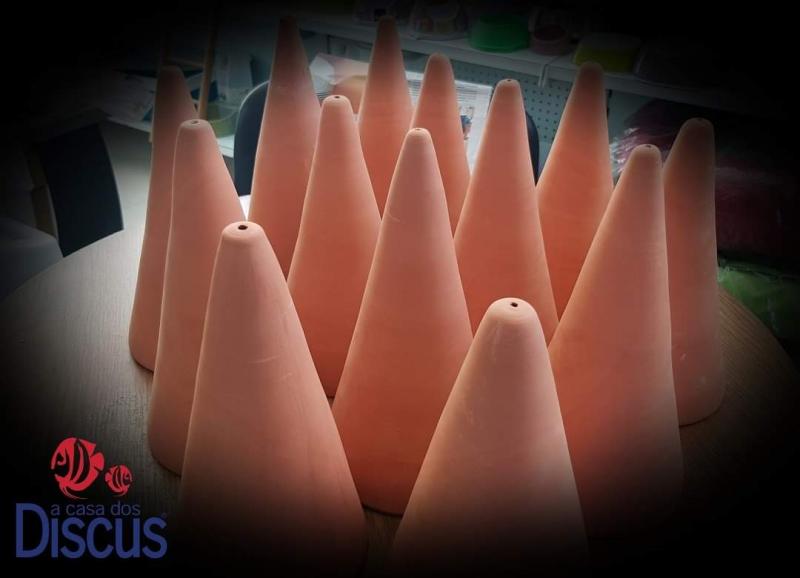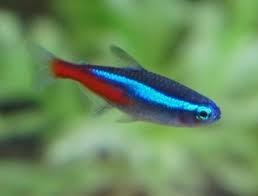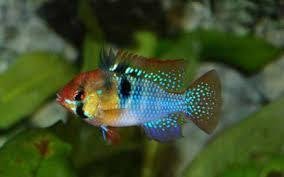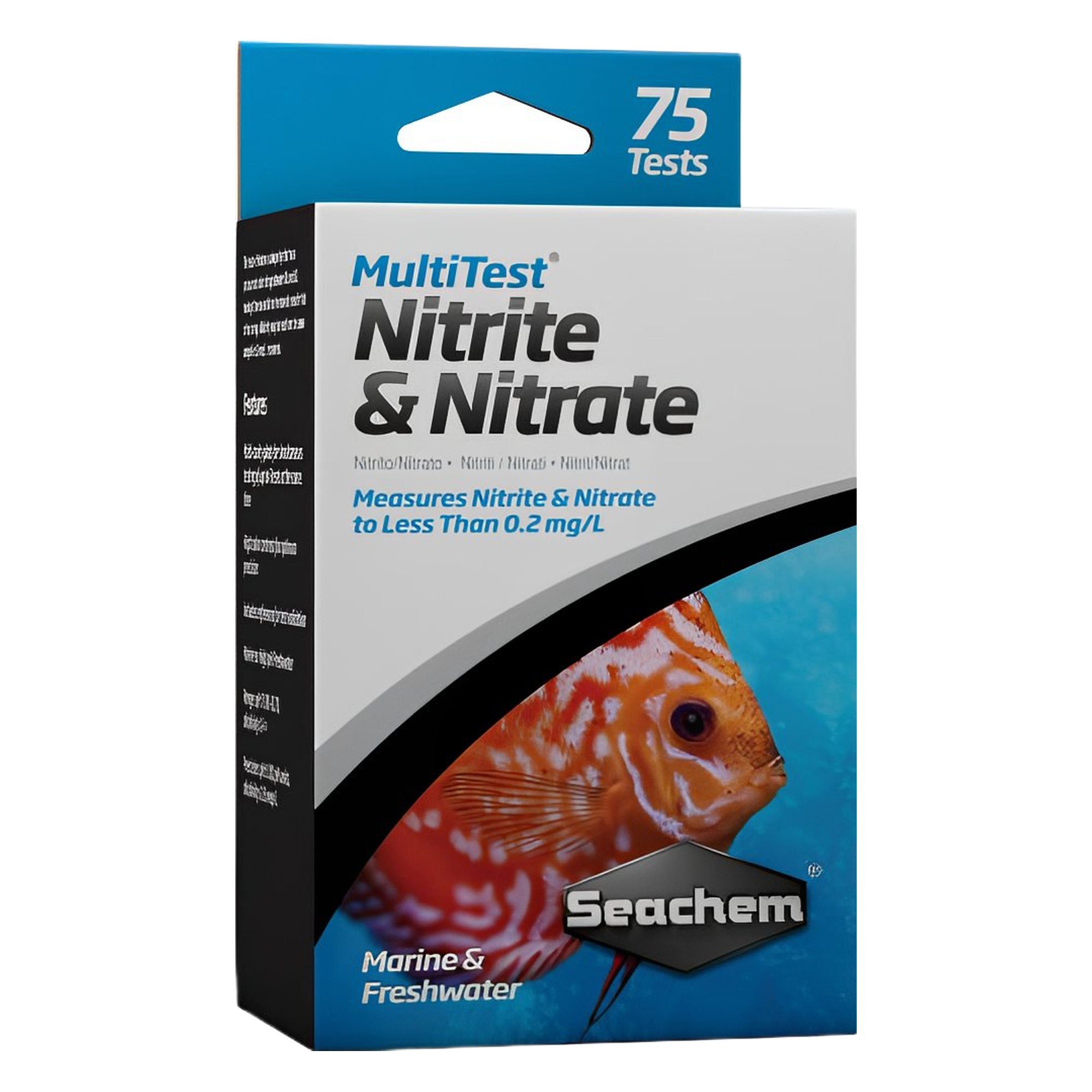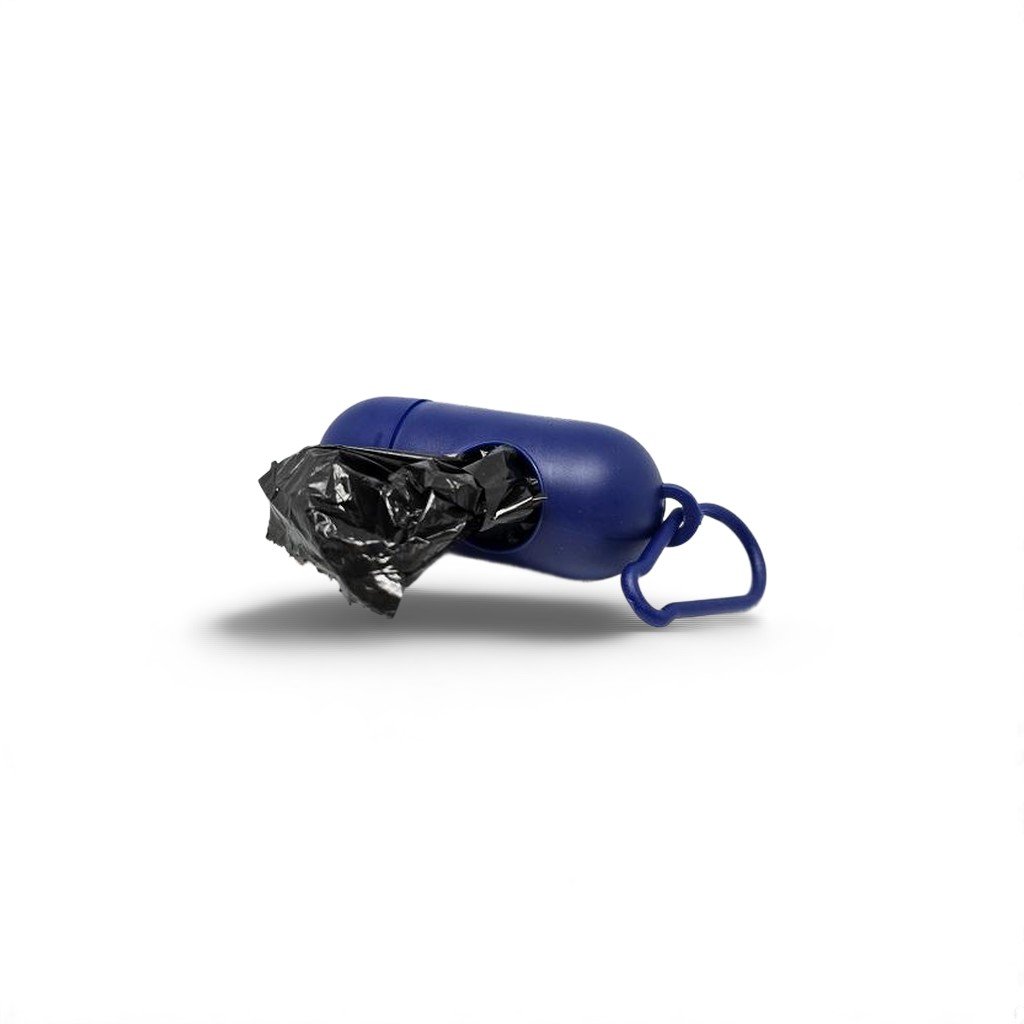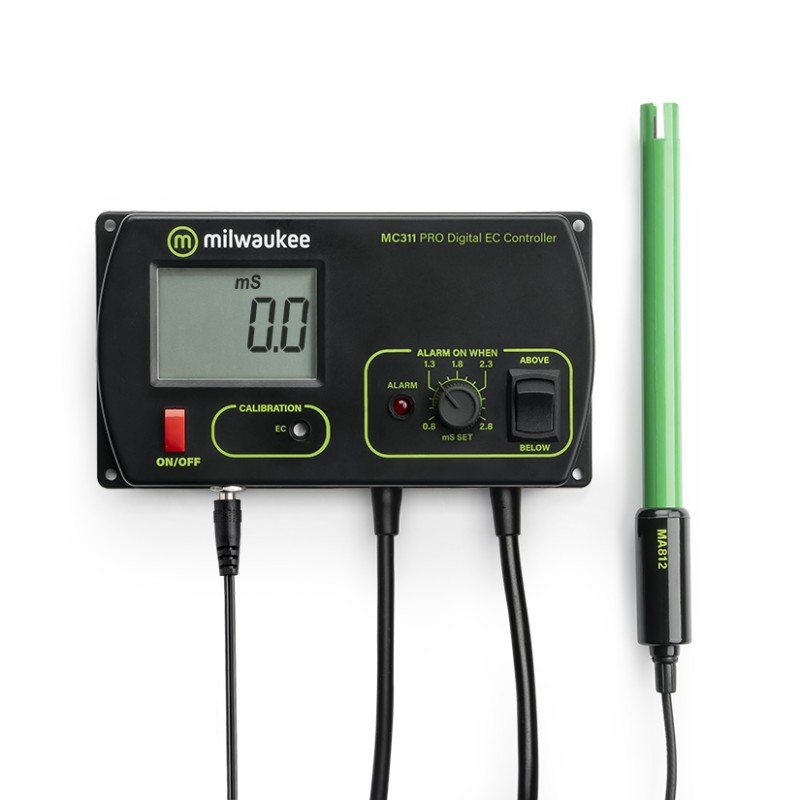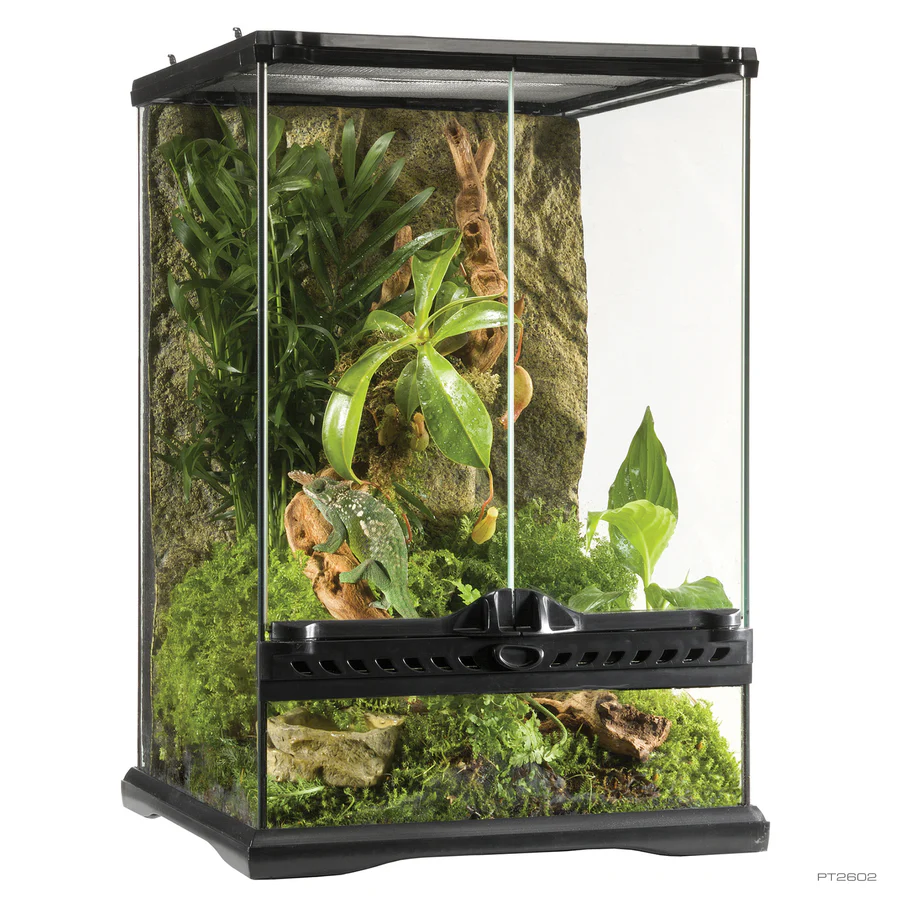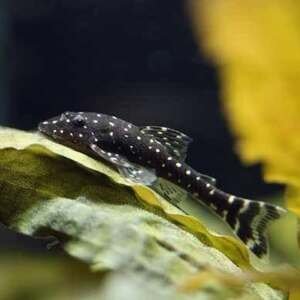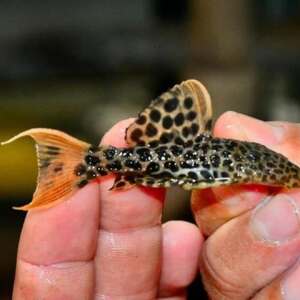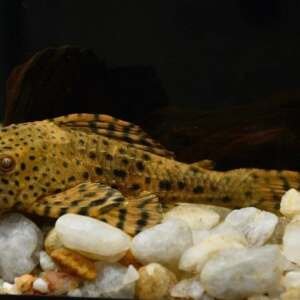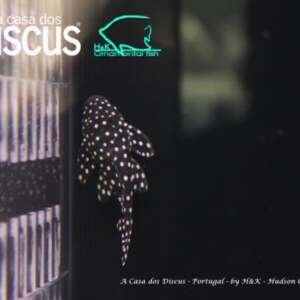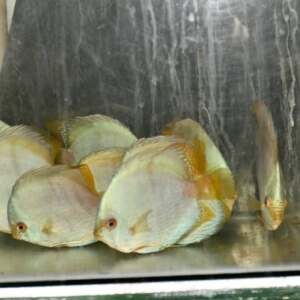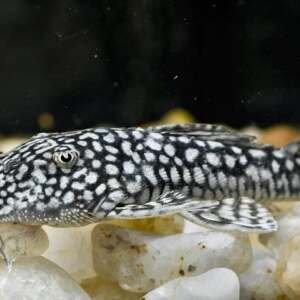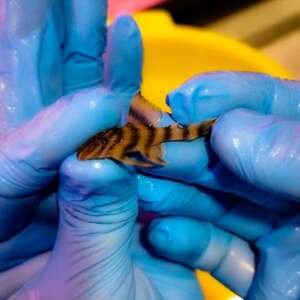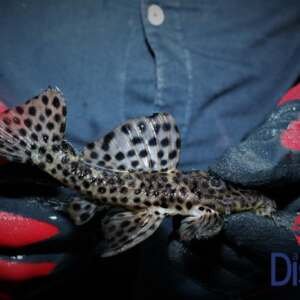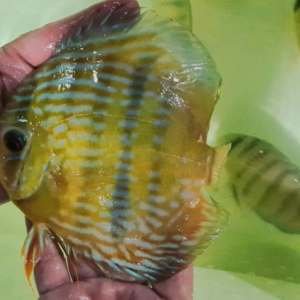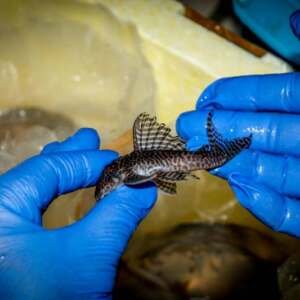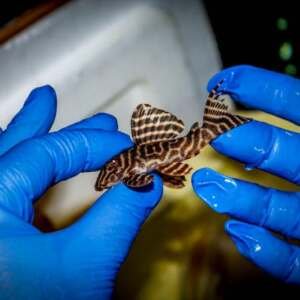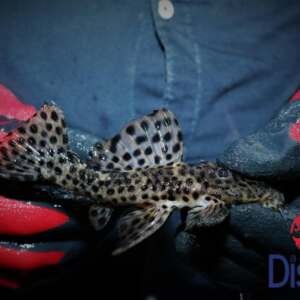Menu
Categorias
- BOTÂNICOS NATURAIS
- VIVOS
- CICLIDEOS ANÕES DO SUL DA AMÉRICA
- LABYRINTH FISH
- ANGEL FISH
- DISCUS SELVAGENS-H&K-Hudson Crizanto
- CICLIDEOS DO SUL DA AMÉRICA
- CICLIDEOS AFRICANOS ANÕES
- CICLIDEOS AFRICANOS
- OTHER FISH
- L`s H&K - Hudson Crizanto
- PEIXES COMUNITARIOS
- BARBOS
- INVERTEBRADOS
- TETRAS
- VIVÍPAROS
- PEIXES ARCO IRIS
- RAIAS
- PEIXES AGUA FRIA
- DISCUS
- CICLIDEOS
- NON-CZECH FISH
- KILLY FISH
- LORICARÍDEOS/PEIXE-GATO
- REPTEIS-ANFIBIOS
- ILUMINAÇÃO
- Lagos
- BOUTIQUE
- AQUARIOFILIA
- AQUÁRIOS
- CONDICIONADORES
- MEDICAÇÃO/SUPLEMENTOS
- PLANTAS
- Geral
- HARDSCAPE
- ARTHANDCER
- SUBSTRATOS
- FILTRAGEM
- ALIMENTAÇÃO
- MANUTENÇÃO
- AQUECIMENTO/ARREFECIMENTO
- NUTRIENTES PARA PLANTAS
- EXTERILIZADORES
- AQUATERRÁRIO
- TESTES
- CO2/AERAÇÃO
- CÃES-GATOS
Log in
Login
Registo
- Aquariofilia
- Vivos
- Boutique
- Destaques
- Novidades
Novidades
- Promoção
Promoções
Multitest Nitrite & Nitrate
36,70€O preço original era: 36,70€.27,53€O preço atual é: 27,53€. IVA Incl.Dispensador de sacos para dejetos de cão
1,50€O preço original era: 1,50€.1,43€O preço atual é: 1,43€. IVA Incl.Em promoção de 15.09.2025 até 30.09.2025
JBL CRISTALPROFI e1502 greenline
263,80€O preço original era: 263,80€.237,42€O preço atual é: 237,42€. IVA Incl.Em promoção de 15.09.2025 até 30.09.2025
Controlador de EC MC311milwaukee
220,00€O preço original era: 220,00€.209,00€O preço atual é: 209,00€. IVA Incl.Em promoção de 15.09.2025 até 30.09.2025
Ovos de Artemia Koral PROFI +90% 50gr
11,99€O preço original era: 11,99€.10,79€O preço atual é: 10,79€. IVA Incl.Em promoção de 15.09.2025 até 30.09.2025
Terrário de vidro Exo Terra – Mini Tall 30x30x45cm
119,90€O preço original era: 119,90€.101,92€O preço atual é: 101,92€. IVA Incl.Em promoção de 15.09.2025 até 30.09.2025
Parotocinclus haroldoi Sm
14,90€ IVA Incl.Em stock
Foto real - consultar as condições de venda em:Condições Gerais>Expedição>Prazos de entrega
Adicionar
Pseudacanthicus Leopardus LDA07 Small
39,90€ IVA Incl.
Foto real - consultar as condições de venda em:Condições Gerais>Expedição>Prazos de entrega
Adicionar
Cochilodon sp.L50 Orange hypostomus Sm
39,99€ IVA Incl.
Foto real - consultar as condições de venda em:Condições Gerais>Expedição>Prazos de entrega
Adicionar
Cuminá Blue Solid Heckels discus Lg
189,90€ IVA Incl.
Foto real nas instalações do fornecedor - consultar as condições de venda em:Condições Gerais>Expedição>Prazos de entrega..
Adicionar
Pseudancistrus Genisetinger Sm
34,99€ IVA Incl.
Foto real - consultar as condições de venda em:Condições Gerais>Expedição>Prazos de entrega
Adicionar
Leporacanthicus heterodon L172 md
89,90€ IVA Incl.
Foto real - consultar as condições de venda em:Condições Gerais>Expedição>Prazos de entrega
Adicionar
Hypancistrus sp. L66 md/ml
39,90€ IVA Incl.
Foto real - consultar as condições de venda em:Condições Gerais>Expedição>Prazos de entregaHYPANCISTRUS sp. L066
The number of Plecos showing white spots on a dark background is enormous. Clearly this pattern works very well for such fish. Among Hypancistrus species, there are several with this look. One of them is L136 from Rio Negro, Brazil. Like most Hypancistrus it's an easy to keep and breed species that even beginners should be able to take well care of. L136 is not as common in the hobby as it once was, but it is currently allowed for export from Brazil.
Name: Hypancistrus sp.L136
Trade names: Demini Angelicus Pleco, L136, L136a, L136b, L136c, L158, LDA5, LDA6
Origin: Rio Demini, Brazil.
Maximum size: 12 cm / 5''
This species is variable in it's pattern, which has led to it being one of a few l-numbers given additional letters behind the number to seoarate the forms. L136a has the smallest, most numerous spots, L136b is the in between form and L136c has few, big spots that may not even be circular. L158 is asomewhat forgotten number, but the original fish shows a specimen with fairly small spots that are not as numerous as the normal version of the species (L136a). Captive breeding has shown that two L136a parents can produce offspring that displays the pattern of the other varieties.
They need an aquarium set up consisting of lots of hiding places in the form of rocks, wood and of course specially made caves that suit their measurements. In these the males will eventually guard their offspring. They prefer water that is fairly warm (27-30 C), soft and slightly acidic. Most of all it should be well oxygenated and clean, so a good filtration system and frequent water changes are essential. Among themselves they are fairly peaceful, although males may quarrel for caves and females can sometimes be badly injured or even killed during the breeding-trapping in the male's cave. Males develop longer odontodes on their pectoral fins and on their cheeks, and have broader heads. Hypancistrus are mostly carnivorous, so a selection of crustaceans, insect larvae and fish meat should be offered along with high quality dried foods that also contain some vegetable matter.
Due to the conditions in it's natural habitat, breeding of L136 is most successful in water with a very low hardness.
Adicionar
Hypancistrus sp. L333 md/ml
69,90€ IVA Incl.Em stock
Foto real - consultar as condições de venda em:Condições Gerais>Expedição>Prazos de entrega
Adicionar
Leporacanthicus heterodon L172 sm/md
69,90€ IVA Incl.
Foto real - consultar as condições de venda em:Condições Gerais>Expedição>Prazos de entrega
Adicionar
Pseudacanthicus pirarara L025 sm/md
112,00€ IVA Incl.Em stock
Foto real - consultar as condições de venda em:Condições Gerais>Expedição>Prazos de entrega
L600 Pseudacanthicus leopardos
Name: Pseudacanthicus leopardus
Common Names: Leopard Pleco, Cactus Pleco, "L600"
Location: South America: Rio Essequibo, Rio Rupuni, Rio Branco and Rio Takutu rivers, in the border region of Brazil and Guyana.
Appearance:
Compatibility: Just like many other pleco species relatively peaceful if it has enough room to stake out a territory, which will however be defended fiercely if intruded by other fish. Towards it's own kind or similar looking pleco's, this species can be quite aggressive, and if cramped for space also against other bottom dwellers.
Sexing and Breeding:
Diet: This beautifully patterned Loricarid belongs to the genus of carnivorous pleco's called Pseudacanthicus or Cactus Pleco's. One glance at its mouth illustrates this well: instead of a true sucker mouth, it has a mouth than is more suitable for grasping and holding food items. Its teeth are little in number, but powerful and large: ideal for opening snails and crustaceans, as well as rasping meat.
All this means that its diet should primarily be made up of meaty foods, such as shrimp, krill, mussels, blood worms, mosquito larvae and fish meat (fillets). But once acclimatized, the Leopard Pleco usually is an undemanding fish that will also accept pellet food (both with meaty and plant matter) and sometimes even fresh vegetables such as cucumber, zucchini, egg plant, potato, etc.
Water parameters: Temp 24-30c PH 6.0-7.5
A tank with dimmed lights and a good amount of hiding places (plants, drift wood, rocks, artificial caves) is ideal for this beautifully patterned catfish. This large, robust and often quite aggressive species requires a large tank: at least 60x20" (150x50cm.) for a single specimen, and at least an 80x24" (200x60cm.) tank for a small group of these pleco's. This fish requires plenty of personal space, as they can be very territorial, especially towards its own kind and similar looking bottom dwellers, and with their sharp teeth they are capable of inflicting serious injuries.
The Leopard Cactus Pleco does best in soft, slightly acidic water (pH 5.5-6.5), heavy oxygenation and a lot of currents. A powerful filtration system is required, as this fish produces a lot of waste due to its high-protein diet.
Max Size: 30-40cm. (12-16").
Adicionar
Showing all 14 results, including child brands
Todas as Categorias
- ALIMENTAÇÃO
- AQUARIOFILIA
- AQUÁRIOS
- AQUATERRÁRIO
- AQUECIMENTO/ARREFECIMENTO
- ARTHANDCER
- BOTÂNICOS NATURAIS
- BOUTIQUE
- CÃES-GATOS
- CO2/AERAÇÃO
- CONDICIONADORES
- EXTERILIZADORES
- FILTRAGEM
- Geral
- HARDSCAPE
- ILUMINAÇÃO
- Lagos
- MANUTENÇÃO
- MEDICAÇÃO/SUPLEMENTOS
- NUTRIENTES PARA PLANTAS
- PLANTAS
- REPTEIS-ANFIBIOS
- SUBSTRATOS
- TESTES
- Uncategorized
- VIVOS
- ANGEL FISH
- BARBOS
- CICLIDEOS
- CICLIDEOS AFRICANOS
- CICLIDEOS AFRICANOS ANÕES
- CICLIDEOS ANÕES DO SUL DA AMÉRICA
- CICLIDEOS DO SUL DA AMÉRICA
- DISCUS
- DISCUS SELVAGENS-H&K-Hudson Crizanto
- INVERTEBRADOS
- KILLY FISH
- L`s H&K - Hudson Crizanto
- LABYRINTH FISH
- LORICARÍDEOS/PEIXE-GATO
- NON-CZECH FISH
- OTHER FISH
- PEIXES AGUA FRIA
- PEIXES ARCO IRIS
- PEIXES COMUNITARIOS
- RAIAS
- TETRAS
- VIVÍPAROS





